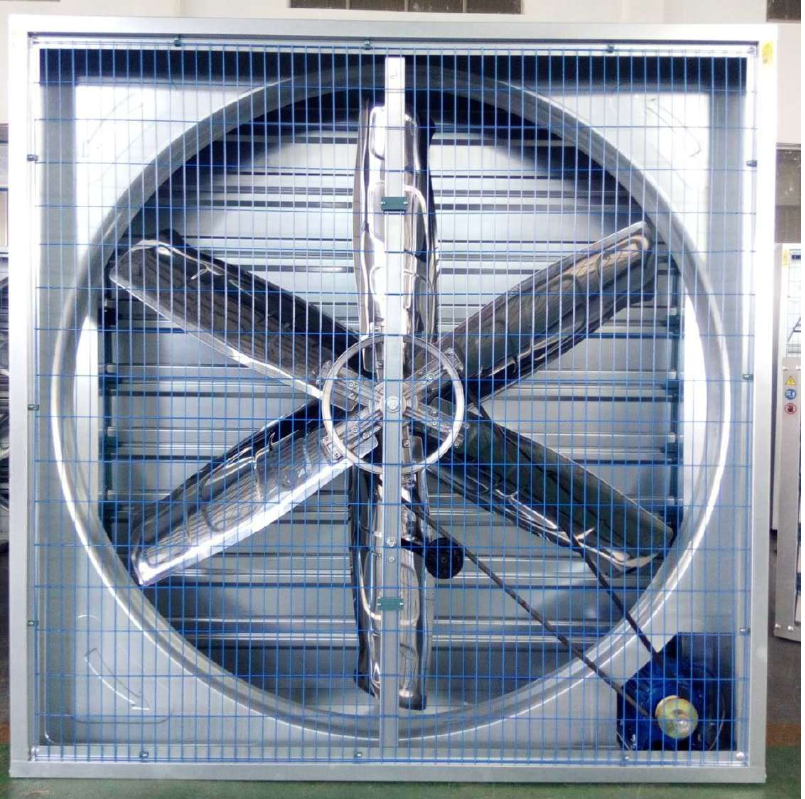Introduction
Respiratory support plays a pivotal role in managing various conditions affecting breathing. Ventilation techniques, such as non-invasive negative pressure ventilation (NINPV) and traditional positive pressure ventilation methods, are fundamental in aiding patients with respiratory distress. Understanding the differences between these approaches is crucial in providing tailored and effective care.

Understanding Non-Invasive Negative Pressure Ventilation (NINPV)
Non-invasive negative pressure ventilation (NINPV) involves a method of assisting respiration without invasive procedures. It utilizes devices such as cuirass or chest shell systems that apply negative pressure externally, supporting the expansion of the chest cavity and aiding inhalation. By creating a vacuum around the thoracic area, NINPV helps draw air into the lungs, providing breathing assistance without intubation.
Exploring Traditional Positive Pressure Ventilation Methods
In contrast, traditional positive pressure ventilation involves the delivery of air or oxygen under pressure through an endotracheal tube or mask. Devices like mechanical ventilators assist inhalation by delivering air into the lungs, creating positive pressure within the airways to facilitate breathing. This method is often used in critical care settings for patients unable to breathe adequately on their own.
Key Differences Between NINPV and Traditional Positive Pressure Ventilation
The primary distinction lies in the method of creating pressure gradients. NINPV works by applying negative pressure externally, enhancing inhalation by expanding the chest cavity. On the other hand, positive pressure ventilation involves pushing air into the lungs, creating pressure to aid inhalation by compressing the chest.
Additionally, the impact on thoracic and lung mechanics differs between the two methods. NINPV supports the natural expansion of the chest during inhalation, mimicking normal breathing mechanics. Conversely, positive pressure ventilation might alter natural lung mechanics, potentially affecting the patient’s respiratory physiology.
Advantages and Limitations of NINPV and Positive Pressure Ventilation
NINPV offers advantages such as reduced risk of complications related to invasive procedures, improved patient comfort, and potential for long-term use. However, its application might be limited in some conditions.
Positive pressure ventilation provides precise control over breathing parameters and is suitable for a broader range of patients in critical conditions. However, it may pose risks such as ventilator-associated complications and patient discomfort.
Clinical Applications and Considerations
Non-invasive negative pressure ventilation (NINPV) and traditional positive pressure ventilation methods serve distinct clinical purposes and are employed in various medical scenarios based on patient needs, underlying conditions, and the severity of respiratory impairment.
- Clinical Applications of Non-Invasive Negative Pressure Ventilation (NINPV)
Neuromuscular Disorders: NINPV is frequently utilized in neuromuscular conditions like amyotrophic lateral sclerosis (ALS), muscular dystrophy, or spinal cord injuries. Patients with weakened respiratory muscles benefit from NINPV, as it aids in breathing by facilitating chest expansion without invasive interventions.
Chest Wall Deformities: Individuals with chest wall abnormalities such as pectus excavatum or kyphoscoliosis may face restrictive lung disease. NINPV assists in overcoming the restricted lung movement, supporting breathing efforts, and improving ventilation without the need for invasive procedures.
Chronic Respiratory Failure: Some chronic conditions like chronic obstructive pulmonary disease (COPD) or obesity hypoventilation syndrome might result in chronic respiratory failure. NINPV offers a non-invasive approach to support respiratory efforts, enhancing oxygenation, and reducing the workload on respiratory muscles.
- Clinical Applications of Traditional Positive Pressure Ventilation Methods
Acute Respiratory Failure: Patients experiencing acute respiratory failure due to conditions like pneumonia, acute lung injury, or pulmonary edema might require immediate ventilatory support. Positive pressure ventilation provides the necessary assistance in these critical situations by delivering oxygen under pressure directly into the lungs.
Acute Respiratory Distress Syndrome (ARDS): ARDS is characterized by severe lung inflammation and oxygenation problems. Positive pressure ventilation strategies, including lung protective ventilation, are commonly employed in ARDS to maintain oxygen levels and support damaged lung tissue.
Critical Care Settings: In intensive care units (ICUs), positive pressure ventilation using mechanical ventilators is indispensable for patients with severe respiratory compromise, coma, or those undergoing surgical procedures requiring general anesthesia.
- Considerations for Choosing Between NINPV and Positive Pressure Methods
Patient Tolerance: Patient comfort and tolerance play a vital role in selecting the appropriate ventilation method. NINPV, being non-invasive, may offer greater comfort and improved compliance compared to the discomfort associated with invasive intubation in positive pressure ventilation.
Severity of Respiratory Condition: The severity and acuteness of the respiratory condition significantly influence the choice of ventilation. NINPV might suffice for milder cases or chronic conditions, while acute or critical situations may necessitate the rapid intervention provided by positive pressure ventilation methods.
Monitoring and Management: Both NINPV and positive pressure ventilation require vigilant monitoring. Invasive positive pressure ventilation necessitates close supervision to prevent complications, while NINPV demands regular assessment for efficacy and patient tolerance.
Conclusion
Understanding the differences between non-invasive negative pressure ventilation and traditional positive pressure ventilation methods is essential in tailoring respiratory care. Each method has distinct advantages and limitations, making it crucial for healthcare providers to assess and choose the most appropriate technique for individual patient needs.
Related Products





